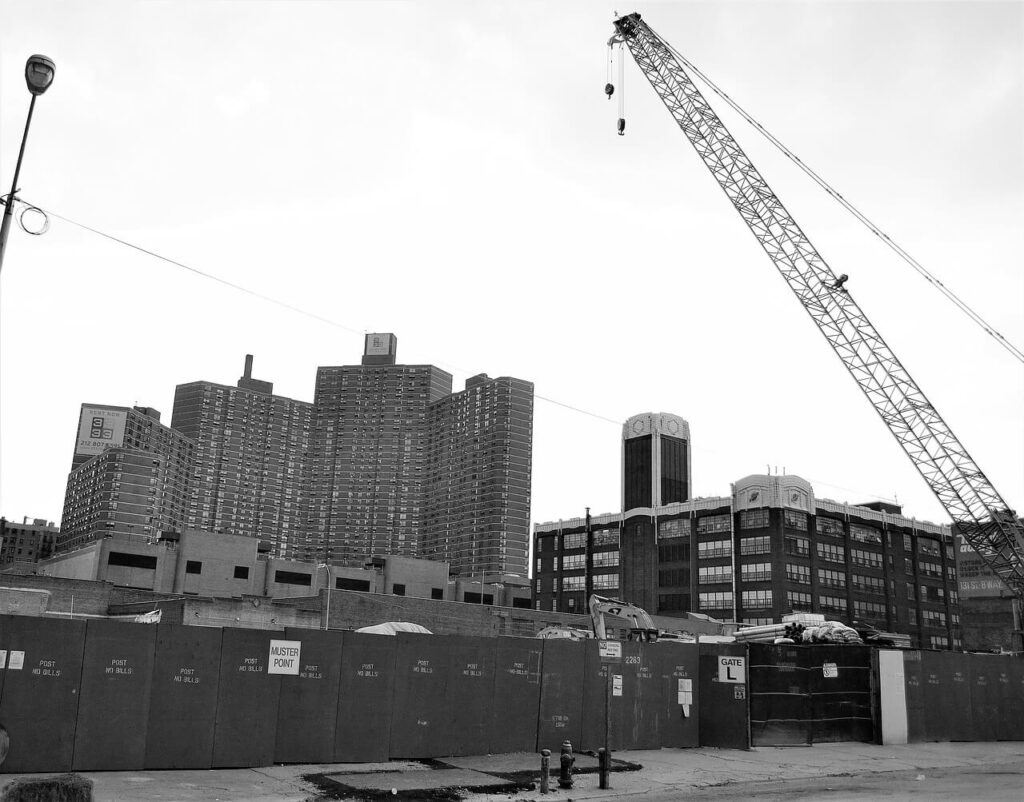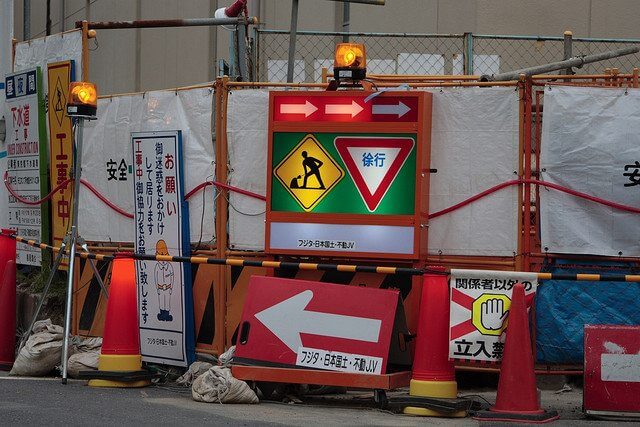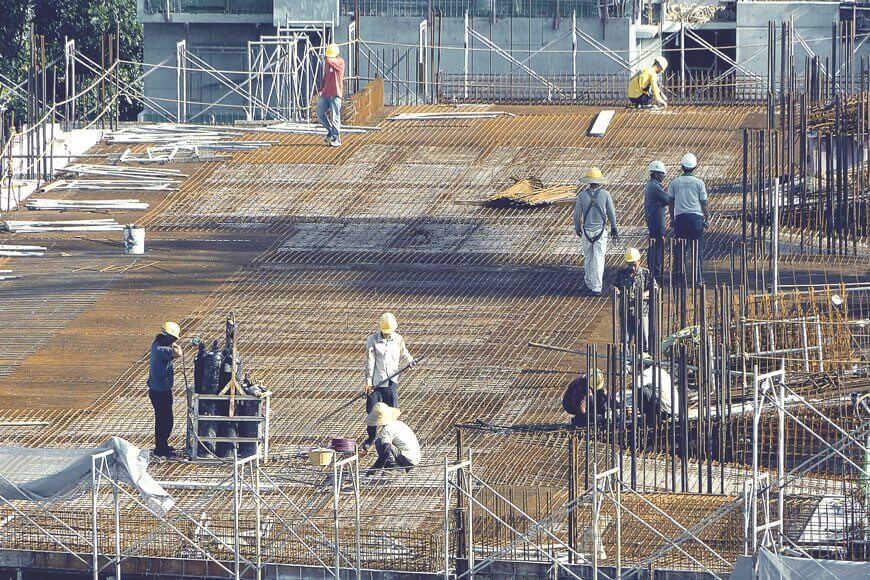Working in construction exposes men and women to dangerous conditions. In fact, some hazards are so prevalent that OSHA has nicknamed them “Fatal Four.” These include falls, struck-bys, electrocution, and caught in/betweens.
Safety should be a priority on any job site, but often, workers fail to wear PPE because it is uncomfortable, thought to be ineffective, or too much of a hassle to operate. Innovative new gear is revolutionizing personal protection in the construction industry and making PPE more effective and easier to wear.
1. Fall protection
Falls account for around 40% of the deaths in construction. With such a great risk of a fatality, workers should be attached at the hip to their personal fall protection harnesses, but, unfortunately, that is often not the case. One way for workers to make it easy for themselves is to have a fall protection kit that allows for gearing up quickly. When putting your kit together, remember your ABC’s: Anchorage, Body harness, and Connectors.
Check out also: 95% of contractors have trouble finding skilled workers
Innovative new developments in fall protection can make complying with regulations more common. For example, self-retracting lifelines and tethers can make gear less cumbersome to wear. New technology can also offer some external motivation for workers to wear their PPE. Also, cloud-based software now exists that can let managers check in real time that workers are in compliance with regulations.
2. Foot protection
Each construction worker must protect his or her entire body, especially one of the most vulnerable parts – the feet. Injuries to the feet include being crushed by heavy equipment, smashed by falling objects, and stepping on sharp objects. Slips, trips, and falls are another hazard workers must face, and protective footwear can guard against them all.
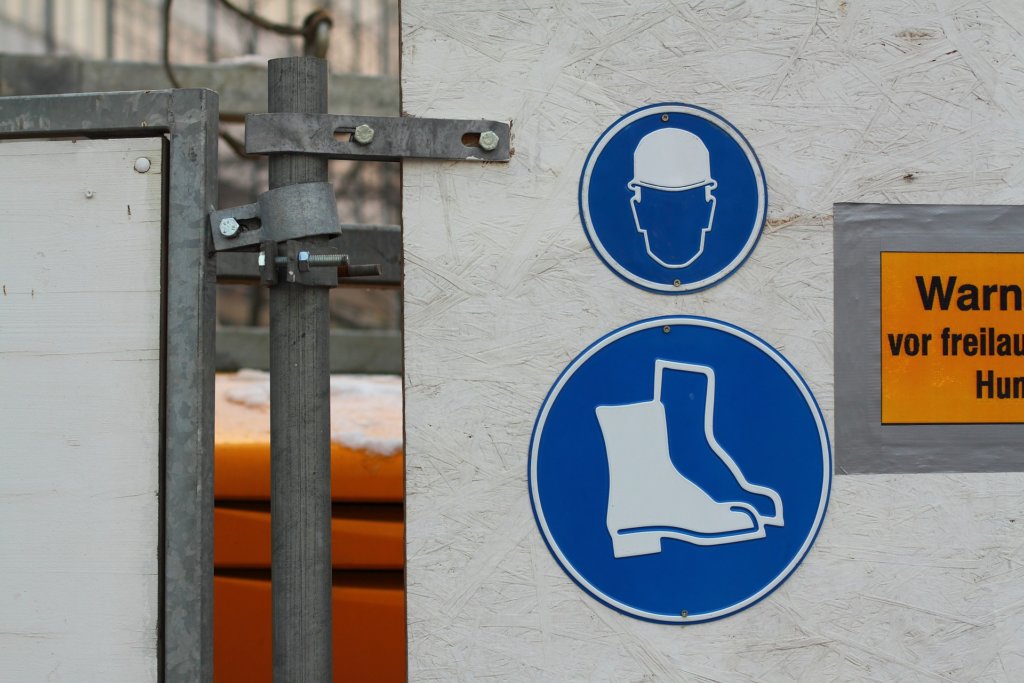
At the very least, workboots must be in compliance with recognized standards, but new technology is changing the foot protection game. By implanting boot soles with self-charging sensors, a worker’s movements and environment can be monitored. This allows unsafe conditions to be reported immediately and can make incident reports more accurate.
The best foot protection, however, will definitely include insoles for fatigue and injury. Insoles can go above and beyond protection and offer you support, comfort, and increase shock absorption.
If you take care of your feet, your feet will take care of you.
3. High-visibility clothing
In the loud and hazardous environment that is common for construction sites, the second biggest killer of construction workers is “struck-bys” or being hit by a large moving object or heavy falling tools or debris. In 2015 alone, 90 workers were killed this way. Even more were injured.
Accidentally being hit by a moving vehicle or piece of large machinery may be avoided if its operator knows the worker is there. It is essential that workers make their presence known. One way to do this is with high visibility clothing.
Read also: The heaven and hell of house builders
The reflectorized bright yellow and orange vests and jackets available today are customizable, comfortable, and durable. For the colder months, fleece-lined jackets are available. Some garments go beyond the basics and even include storage for headsets, tools, or even smartphones or tablets so that a worker can easily access project management software.
Some of the newest developments in high-visibility garments include self-lighting clothing. Some use LED and others use phosphorescence. Traditional high-vis garments are only effective if there is a light source for them to reflect. These, however, allow the worker to be seen even in pitch darkness.
4. Hand protection
Perhaps one of the greatest tools a construction worker has is his or her hands. To lose even the use of one finger could potentially mean the loss of income and livelihood. For this reason, construction workers must assess the hazards they are exposed to and select the best work glove for the job.
There are a myriad of gloves to choose from based on the hazards of the job.
- Leather gloves protect your hands from rough surfaces.
- Insulated gloves offer thick layers to protect hands from hot objects.
- Cut-Resistant gloves can guard the skin against sharp objects And protect against cuts, slashes, and heat.
- Mechanics gloves are made from lightweight, flexible materials that prevent cuts and keep the hands clear of oil and other fluids.
- Welding gloves are woven with strong material, have a layer of flame retardant liner, and can protect against heat, splatter, and sparks.
- Anti-vibration gloves reduce the effects of excessive vibration from hand-tools and machinery.
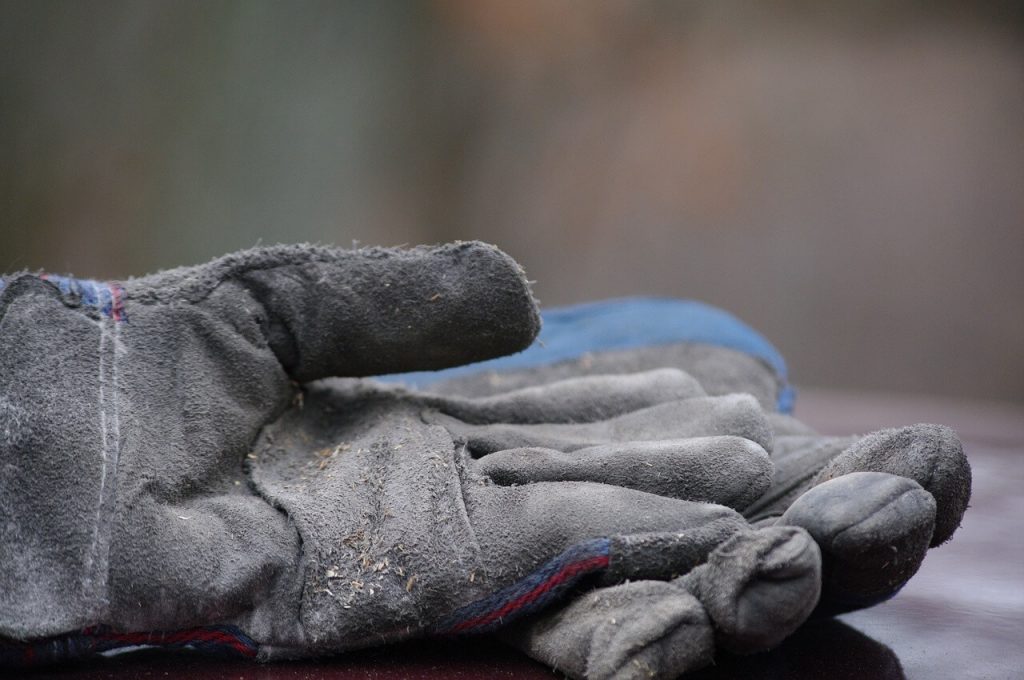
With so many different hazards, a worker is likely to encounter a situation for which he or she doesn’t have the correct type of protection. Hand protection designs of today, however, aim to protect a worker from many different conditions. For example, an industrial glove of today may be fit to protect against crushing, extreme temperatures, and slipping, all while maintaining flexibility of the digits.
Whichever glove is chosen, however, the worker must ensure that the glove fits snuggly.
5. Head protection
OSHA regulations state that when a worker is in danger of blows to the head, the worker must use head protection. Many hazards can be found on construction sites. These can include falling objects, electrical shock or burns from exposed electrical conductors, and injuries from striking low overhead objects. Clearly, one of the most important pieces of gear is a hard hat.
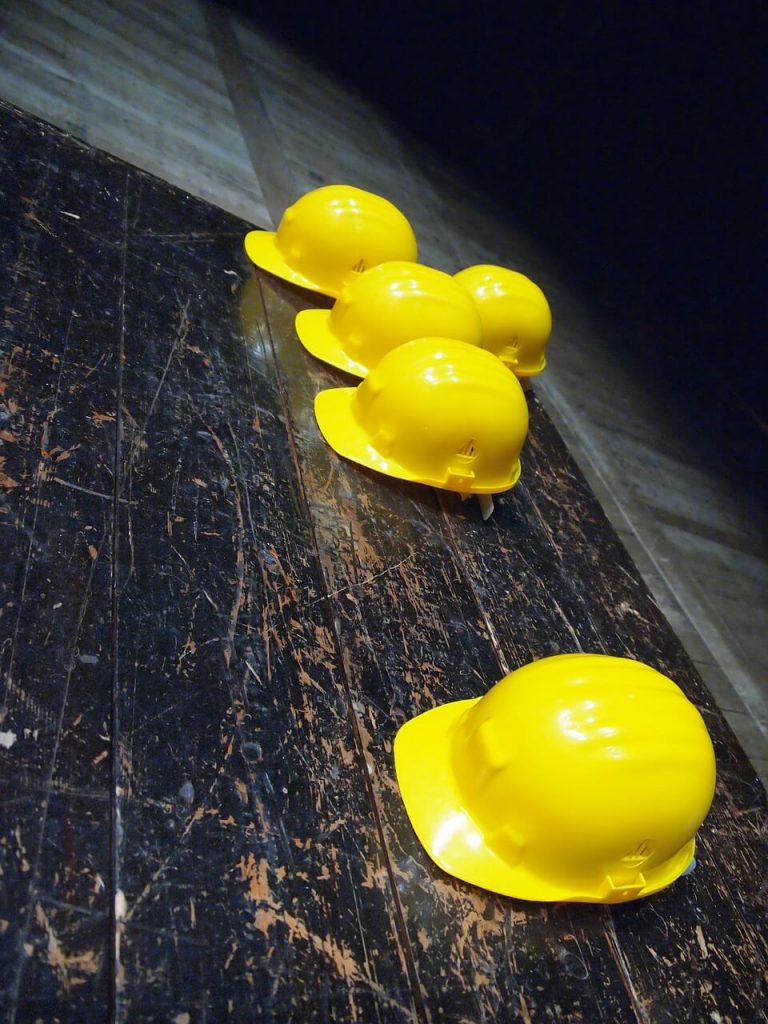
ANSI Z89.1-1997 standards are the recognized industry authority for hard hats and outline the criteria for protective hats. There are two types. Type 1 helmets protect only the top of the head. Type 2 hard hats protect both the top and sides of the head from blows. Hard hats are also divided into classes that convey the protection they offer from electricity.
A new trend in construction is for workers to trade out the traditional hard hats for safety helmets. These are considered to offer better protection from all sides and stay on the worker’s head in the event of a slip or fall.
6. Final thoughts
Working in construction environments can expose even the most seasoned workers to high-level hazards. It’s no surprise, then, that with the increase in younger, less experienced workers, construction incidents are on the rise.
While a safe work environment is the best protection, workers must take actions to ensure their personal safety by donning the essential gear. Learning about and using the most up-to-date gear will not only keep workers engaged in the PPE, but it will also keep them safe on the job.
Author bio: A fresh Engineering Design graduate with a strong interest in all things DIY and construction gear, Vincent West is the mastermind behind WorkBootCritic.com. He’s now keen on spreading the word on what he has learned and continues to learn through research and practice.
